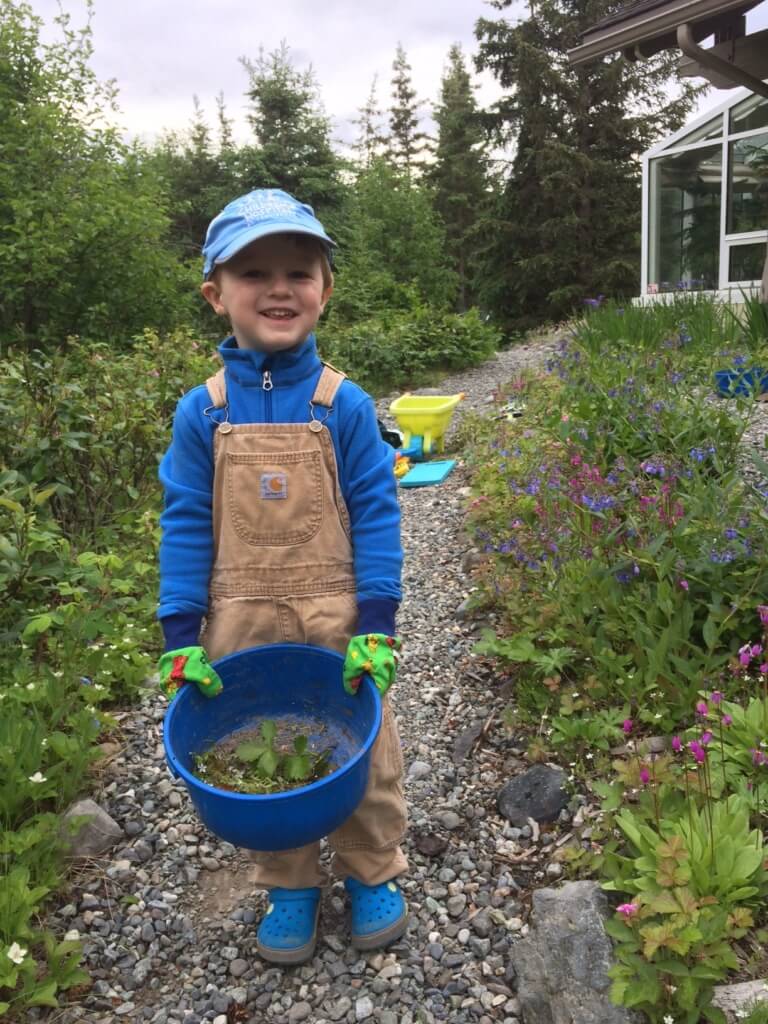The official blog of Alaska Geographic
Recent articles below in order of release date
Vendor Highlight: T.R. McTaggart
Vendor Highlight: T.R. McTaggart Not all screen-printing and embroidery businesses are created equal. For nearly 60 years, T.R. McTaggart has been serving the needs of outdoor tourism destinations across the […]
Wild Scoops Gives Back
Wild Scoops Gives Back Anchorage, AK – Throughout the month of August, when travelers and locals delighted in a tasty treat from Wild Scoops Handcrafted Ice Cream, many also took […]
The Land We Share: A love affair told in hunting stories
The Land We Share: A love affair told in hunting stories ANCHORAGE, AK – Hunting is an age-old tradition that has been an integral part of human history, connecting people […]
2023 Publication of the Year Award
Alaska Geographic Receives Publication of the Year Award in Partnership with USFWS ANCHORAGE, AK – The Alaska Geographic Association is thrilled to announce that its newly released book, titled Canoeing […]
Join us Dec 13th at The Alaska Zoo for Wildlife Wednesdays
Wildlife Wednesday with Drew Hamilton Local photographer Drew Hamilton will share wildlife photography tips and advice, from composition to editing, to creative ways to display your wildlife art.
Newly Arrived Refugees Explore Their Public Lands
Imagine the shock of moving to a new country. Add to that an entirely new environment with animals, plants, and places you have never seen before. The Bureau of Land Management’s Campbell Creek Science Center hosted a three-day eco-explorer camp in order to help with the adjustment of 20 newly arrived refugees and immigrants. Students, primarily from the African continent, including the countries of Sudan and Rwanda, spent their time on Campbell Tract exploring a new home full of surprises and adventure.
U.S. Arctic Youth Ambassadors Meet President Obama
U.S. Arctic Youth Ambassadors Esau Sinnok and James Chilcote had the incredible opportunity to travel to Yosemite National Park to celebrate the National Park Service Centennial alongside President Obama and the First Family.
Volunteers Celebrate National Trails Day
Thirty-five volunteers turned out to help the Bureau of Land Management with National Trails Day projects at the Campbell Creek Science Center. This year’s work included completing a variety of gardening and grounds maintenance projects around the Science Center: weeding, watering, and raking gravel from garden beds; weeding the river rock along the perimeter of the building; and aerating, fertilizing and reseeding Lynx, Raven, Mammoth and Weasel Fields. Volunteers also trimmed overhanging branches on trails around the Science Center; planted almost 40 spruce trees on both sides of the mushing bridge off Old Rondy Trail, and removed fences that were no longer needed for protection of re-vegetation areas. At the end of the work, the volunteers joined the Friends of the Campbell Creek Science Center for a celebratory pizza lunch.
New Dinosaur Discovery: Ugrunaaluk kuukpikensis or, “Ancient Grazer”
Along the Colville River’s ancient sediments in the Liscomb Bone Bed (an area managed by BLM Alaska) lies a trove of fossils. Each field season, the BLM issues permits that allow qualified paleontologists and researchers to partake in limited surface collection and excavation in this area. This research adds to our understanding of Alaska’s distant past and how it relates to life elsewhere in the world long ago.
Kids Learn about Seabirds at Pribilof Summer Camps
The Pribilof Islands are a group of four islands located off the coast of mainland Alaska in the Bering Sea – Saint Paul, Saint George, Otter Islet, and Walrus Islet. The islands have a combined population of about 600 people, with the population concentrated in the towns of St. Paul and St. George. The islands, which are part of the Alaska Maritime National Wildlife Refuge, are home to numerous wildlife species such as arctic blue fox and reindeer – and in the surrounding waters: fur seals, sea lions, several species of whales, and more. The islands are especially known for the important habitat they provide for nesting seabirds who enjoy the high cliff walls and plentiful rocky formations. It is estimated that two million seabirds nest on these islands annually!











